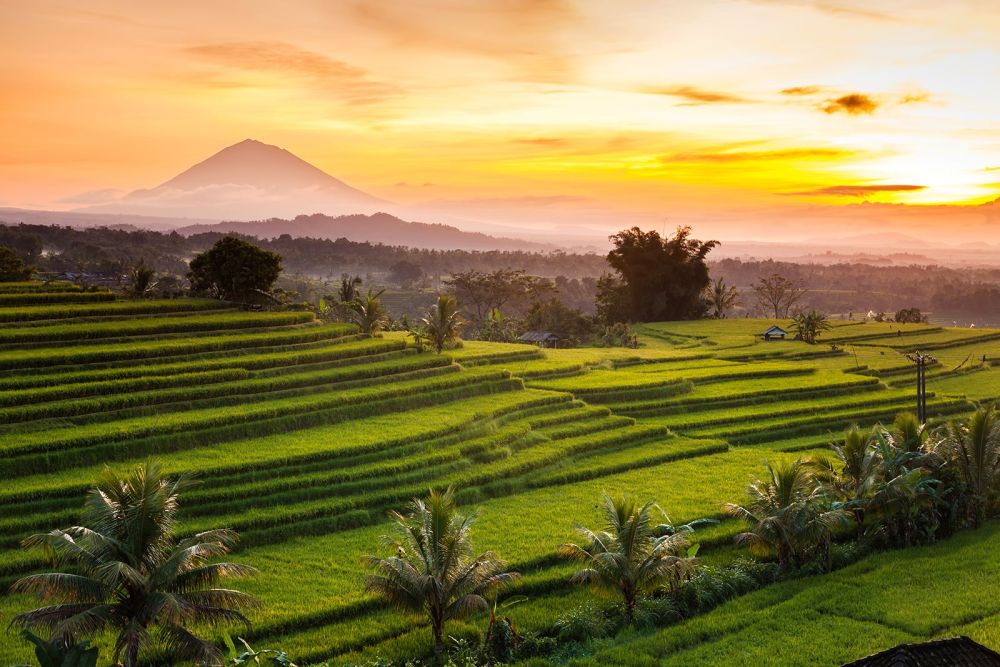

Visiting the Jatiluwih Rice Terraces in Bali is a must-do for any traveler looking to experience the island's renowned natural beauty. The optimal time for a visit is during the dry season, which spans from April to September. During these months, you'll enjoy the lush green scenery, comfortable walking conditions, and the least chance of rain disrupting your exploration. Additionally, the cooler temperatures in the early morning or just before sunset make these times of day particularly pleasant for wandering through the terraces. Keep in mind that the terraces are an active agricultural area, so you'll witness different stages of rice cultivation depending on when you go. For the fullest greenery and most picturesque views, aim to visit between March and April, just after the planting season, or between September and November when the fields are at their peak just before harvest.
If you're interested in capturing the beauty of the Jatiluwih Rice Terraces with your camera, consider the lighting conditions that will be present during your visit. The soft light during the golden hours of early morning or late afternoon brings out the vibrant colors and intricate water patterns, creating a magical ambience for photographers. Additionally, you might want to avoid the high tourist season in July and August to evade the crowds for a more serene experience. Regardless of when you decide to go, these UNESCO World Heritage-listed terraces are a captivating sight to behold, and walking through them offers an immersive experience in the Balinese cultural landscape.
| Month | Min Temp | Max Temp |
|---|---|---|
| January | 22 °c | 30 °c |
| February | 22 °c | 30 °c |
| March | 22 °c | 31 °c |
| April | 22 °c | 32 °c |
| May | 22 °c | 31 °c |
| June | 21 °c | 30 °c |
| July | 20 °c | 29 °c |
| August | 20 °c | 29 °c |
| September | 21 °c | 30 °c |
| October | 22 °c | 31 °c |
| November | 23 °c | 31 °c |
| December | 23 °c | 31 °c |